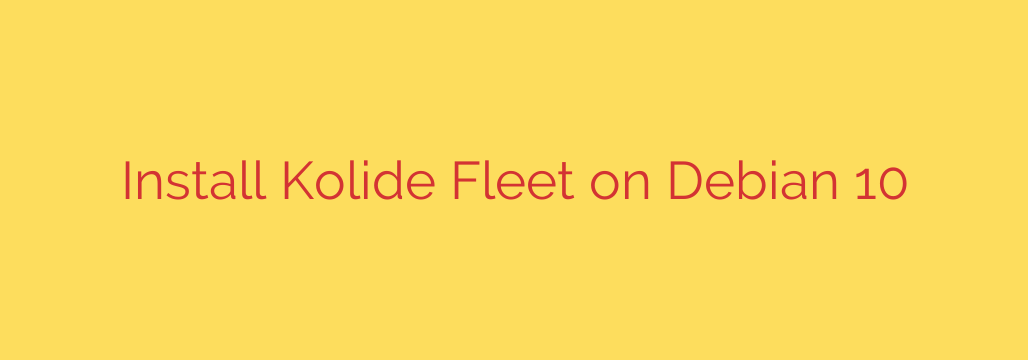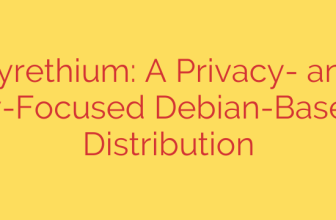
Setting up the Kolide Fleet server on Debian 10 involves a sequence of steps to ensure successful deployment and operation. This guide provides a concise overview to get your Fleet instance running.
Before you begin the installation, ensure your Debian 10 system meets the basic prerequisites. You will need a working database server, typically MySQL or MariaDB, and a Redis instance for caching. Make sure these services are installed, configured, and accessible from where you plan to run the Fleet server.
The core of the setup involves obtaining the Kolide Fleet server binary. Download the appropriate executable file for your server’s architecture from the official Fleet releases. Place this binary in a suitable location on your system.
A critical step is creating the Fleet configuration file, usually named fleet.yml. This file contains all the essential settings for your Fleet deployment, including details for connecting to your database and Redis, configuring TLS/SSL, defining server ports, and more. Populate this file with your specific environment details carefully.
With the configuration in place, you must initialize the database schema. Use the Fleet binary’s command-line interface to run the database migration command, referencing your fleet.yml file. This sets up the necessary tables and structure in your chosen database.
Once the database is initialized, you can launch the Fleet server. Execute the Fleet binary with the appropriate command to start the server process, again ensuring it references your configuration file. The server should begin listening on the ports specified in your configuration.
For robust production deployments, it is highly recommended to manage the Fleet server process using systemd. Create a systemd service unit file that defines how Fleet should run, including user permissions, working directory, and the command to execute. Enable and start this systemd service. This ensures that Fleet automatically starts when your server boots and is kept running reliably.
By following these steps, you will have successfully installed and configured a Kolide Fleet server instance running on Debian 10, ready to integrate with your endpoint agents.
Source: https://kifarunix.com/install-kolide-fleet-osquery-fleet-manager-on-debian-10/








